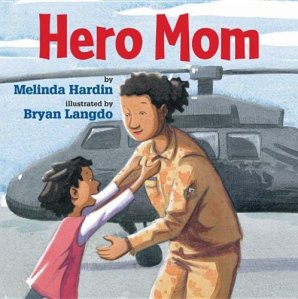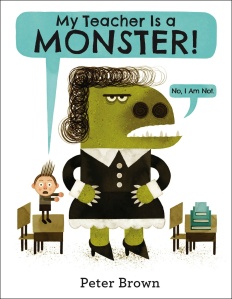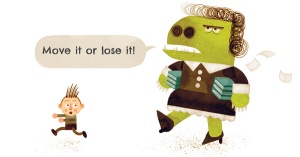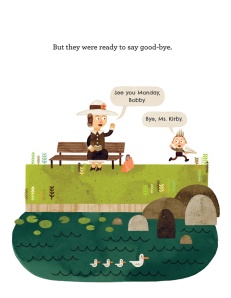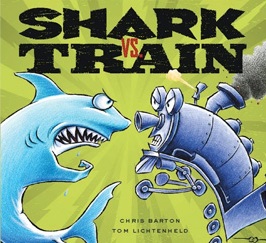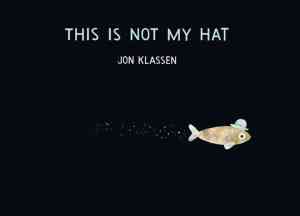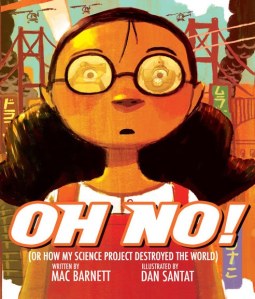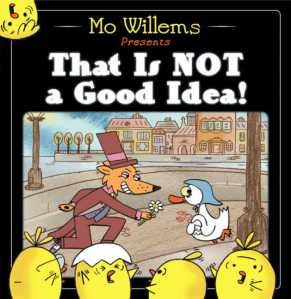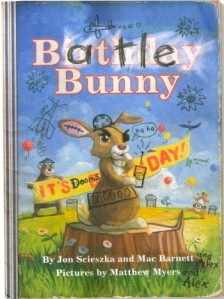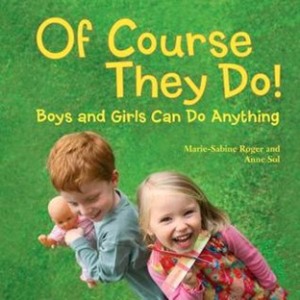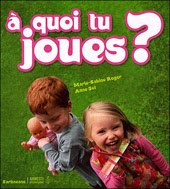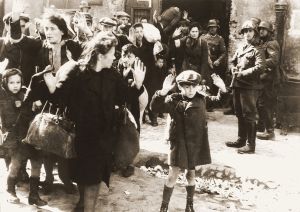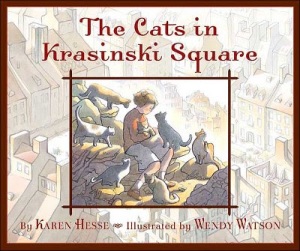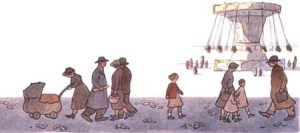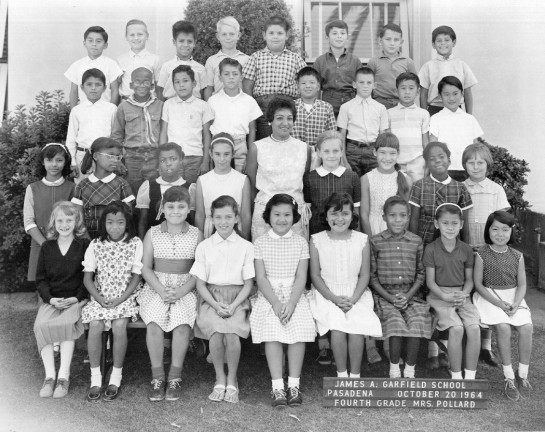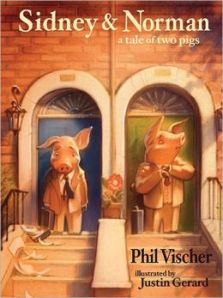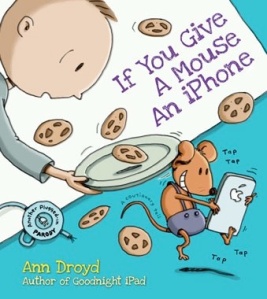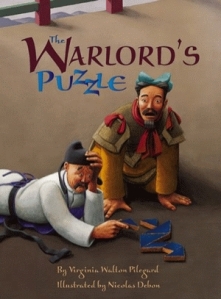Nearly every mom I know is a self sacrificing hero. Obviously they aren’t perfect. But they willfully give of themselves over and over.
Heroes.
Each of them.
But when “Terra” looked down at her shoes and told me, “My mom’s going to Iraq.”
I didn’t have an adequate response. Her words blindsided me.
I wish I had this book to offer. I didn’t then. But I’m ready for the next time.
Bryan Landgo offers a tribute (strikingly similar to Hero Dad) to thank the families of these heroes. Even if you don’t have military families in your community, this book acts as a reminder of those who sacrifice for their country and family.
And here’s my usual disclaimer:
I’m not writing to condone or condemn U.S. foreign policy. I’ve been pleased with U.S. foreign policy and I’ve protested such matters. But those complicated topics are for a political blog that I’ll write when I get 9 more lives. This is about saying thank you to those that serve our country.
